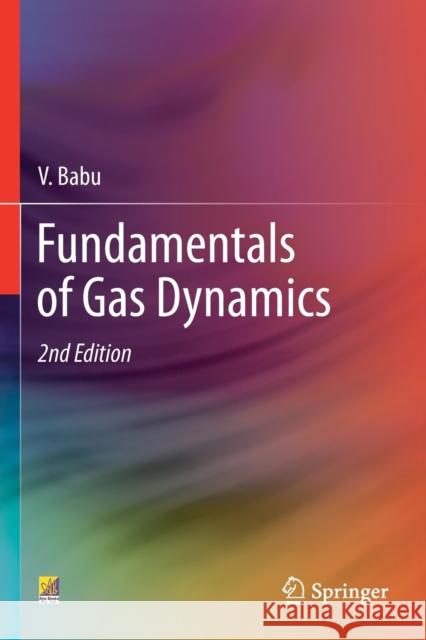Fundamentals of Gas Dynamics » książka
topmenu
Fundamentals of Gas Dynamics
ISBN-13: 9783030608217 / Angielski / Miękka / 2021 / 212 str.
Fundamentals of Gas Dynamics
ISBN-13: 9783030608217 / Angielski / Miękka / 2021 / 212 str.
cena 241,50
(netto: 230,00 VAT: 5%)
Najniższa cena z 30 dni: 231,29
(netto: 230,00 VAT: 5%)
Najniższa cena z 30 dni: 231,29
Termin realizacji zamówienia:
ok. 22 dni roboczych.
ok. 22 dni roboczych.
Darmowa dostawa!
< div="">This textbook on Fundamentals of Gas Dynamics will help students with a background in mechanical and/or aerospace engineering and practicing engineers working in the areas of aerospace propulsion and gas dynamics by providing a rigorous examination of most practical engineering problems. The book focuses both on the basics and more complex topics such as quasi one dimensional flows, oblique shock waves, Prandtl Meyer flow, flow of steam through nozzles, etc. End of chapter problems, solved illustrations and exercise problems are presented throughout the book to augment learning.
^










